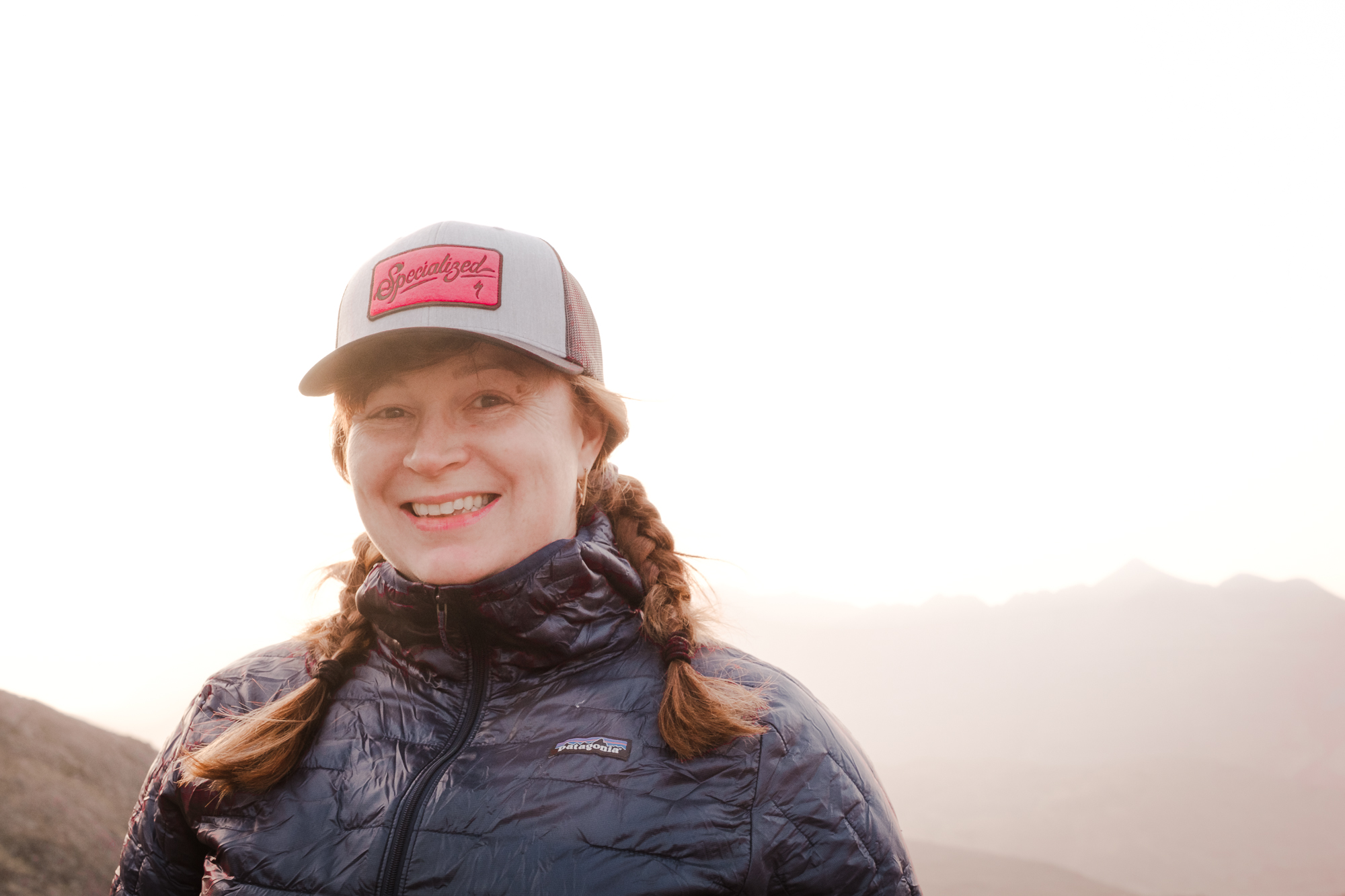When you’re a bike brand that’s spent thousands of dollars developing a new product, you want to make sure that word gets out. You want column inches, Instagram posts and anticipation in the market. One surefire way to get that, and to satisfy and/or further provoke the curiosity of the people you’d like to buy that product, is to host a press launch.
- This feature was inspired by the Santa Cruz Nomad and Juliana Strega, two of BikeRadar's Headline Bikes for 2018. We've collated eleven bikes that we believe you should know about in the coming year. Some are super bikes, while others might display great value for money, but they all have one thing in common - they're all important bikes that show how incredibly varied road and mountain biking is today.
- 'World's safest bike' can apply its own brakes to avoid a crash
- What Strava’s year-end report tells us about cycling in 2017
As anyone who consumes bike media — be it websites like this one, magazines, podcasts or YouTube channels — knows, bike journalists spend a fair bit of time at launches.
In fact, a quick poll around the office here, which includes the magazines MBUK, Cycling Plus and Pro Cycling, as well as BikeRadar and our central technical hub where the main product testers work, reveals that over the course of 2017 we attended something in the region of 60 launches.
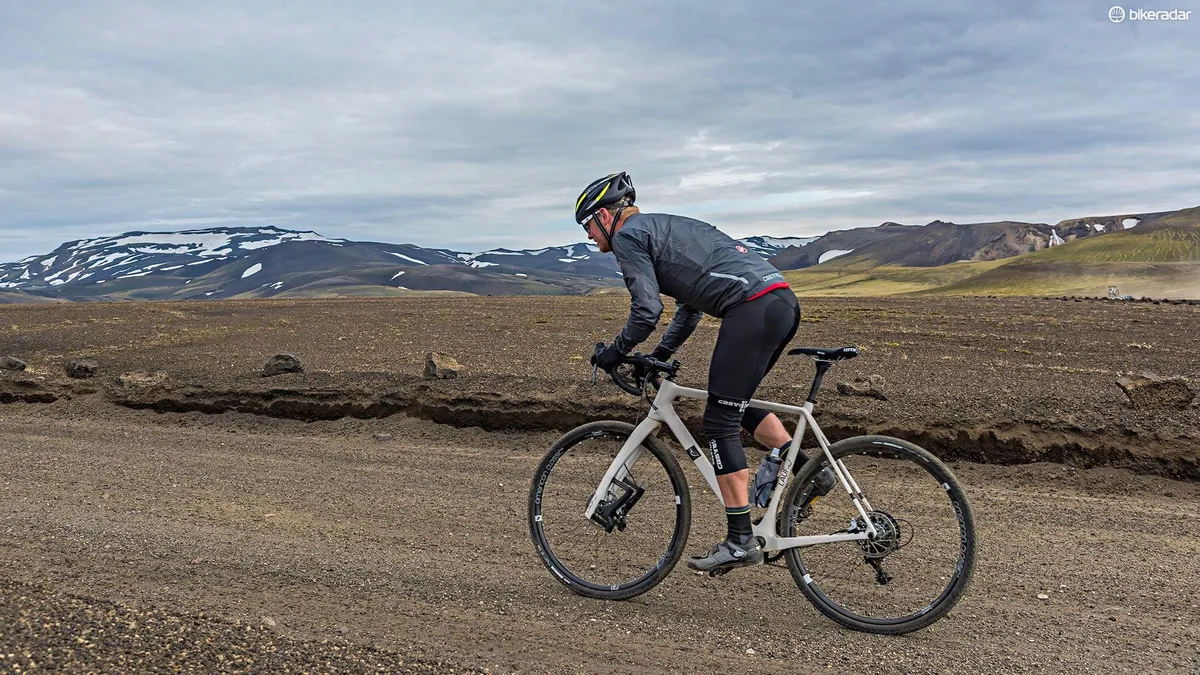
That’s a lot of time out of the office, a lot of travelling to destinations near and far, and a lot of expense for the bike brands.
Over two weeks, Specialized welcomed 69 journalists from 67 publications, travelling from 24 countries
So what are the ins and outs of a press launch or camp? How long does it take to organise, who gets to go and what actually happens on them? And, most importantly, why do brands organise them and why do we attend… apart from the chance to ride bikes in nice locations?
Why do them?
Once upon a time, a fair proportion of the new products that were launched came out at one of the big three trade shows: Sea Otter in California, Interbike in Las Vegas and Eurobike in Germany.
Now, more and more of the big brands have moved away from these shows and are opting to do individual launches, whether it’s for a new bike, components such as tyres or saddles, or a whole raft of products in one go.
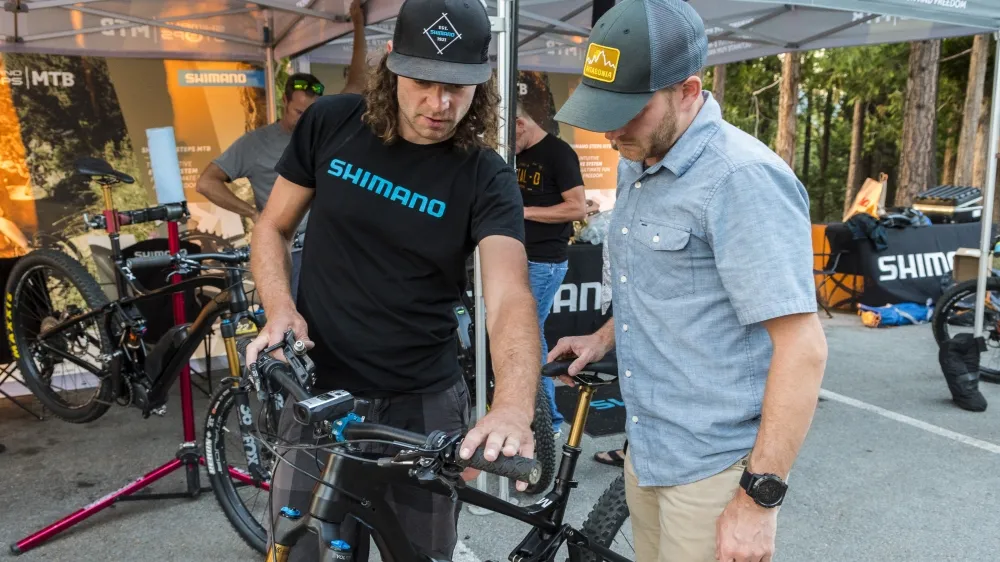
From the brand's perspective, there are several obvious pluses to this approach:
- The undivided attention of the journalists attending is guaranteed. Rather than trying to cover as many products as possible at a show, they’re able to spend more time looking at the item the brand is unveiling.
- The brand gets to release the product at a time of its choosing, rather than being restricted by show dates, which again means it won’t be competing with as many other new items for coverage.
- Although launches, especially the bigger ones, can cost thousands of pounds, they’re often still cheaper than exhibiting at some of the major trade shows — and in any case, if they end up more effective in reaching journalists and therefore the target market then they are worth the expense.
The industrial-scale launch
In 2017, Specialized hosted its ‘Summer Camp’. Based in a mountain resort hotel in Newark, the mega brand welcomed 69 journalists from 67 publications, travelling from 24 countries. Over the course of two weeks of launches they saw 15 new products including one road and one mountain bike, and between them rode in the region of 200 demo machines.
This isn’t even the biggest event Specialized has run. One showcase that incorporated retailer events, which allow retailers to view and learn about the products they’ll be stocking in a season ahead, involved 900 retailers over six days, and 100 journalists over a similar time period.
That takes some logistical planning to run smoothly. On the other side of the product was a team that consisted of 35 Specialized staff including directors, mechanics, marketing and PR, and product managers.
Each week of the launch involved several guided rides, lots of presentations, time to talk to Specialized staff to get the lowdown on the new product and the opportunities to get photos.
Most of the content was embargoed, standard practice that means there’s a set date in the future when media outlets are allowed to publish stories about what they've seen. This means us journalists are able to get our info together and write up or produce our stories while on the camp or shortly afterwards, ready to push the button when the embargo expires. Specialized on the other hand gets to release almost a year’s worth of new product and bike information in one go. It’s efficient all round.
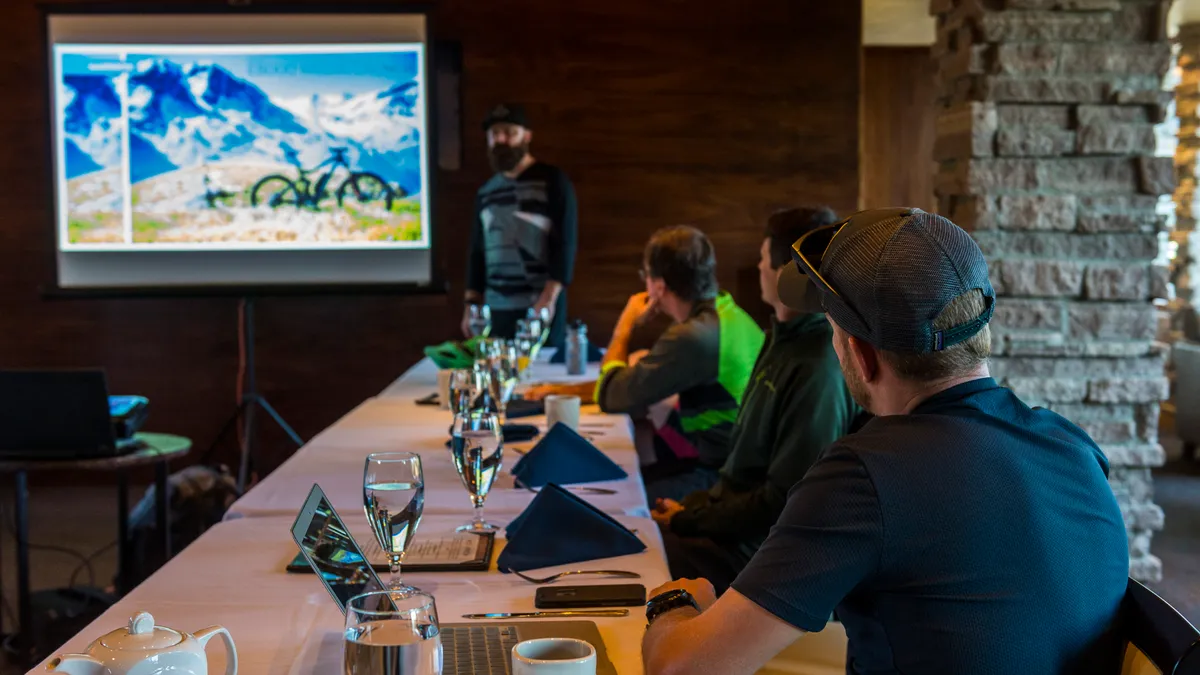
The personal touch
At the other end of the spectrum of media launches are those such as Lauf's. The Icelandic brand, which creates fascinating suspension forks, tends to involve only a handful of journalists in its launches — and invites them to make full use of the epic landscapes of its home country.
“We have always focused on delivering breathtaking sceneries and conditions that show our products in the natural environment. We hope that this gives the journalist a better insight into why our products are designed the way they are," says Lauf's chief designer Gudberg Björnsson.
"We have always focused on delivering breathtaking sceneries and conditions that show our products in the natural environment"
Since Lauf is a small company, being able to chat to the journalists individually is an important aspect of how it operates.
“The first year we had over 30 people coming in. We were definitely understaffed and I didn’t have time to talk to everyone," Björnsson explains.
A Lauf launch typically involves a couple of days riding the new forks along the kind of epically scenic trails you can imagine might be found in Iceland (occasionally in epic weather to match).
From a journalist's perspective, spending this much time on a bike or product means we’re able to give our first impressions on what it’s actually like to use, rather than just taking a simple first look, and with extra information or interview comments.
It's not only small brands that do things this way either. Santa Cruz and sister brand Juliana, for instance, take a similar approach, generally launching one product at a time with a press camp that involves a few days riding the bike in a location that’s linked to it in some way.
The original Juliana Roubion was launched near the French town after which it was named, at a launch event that was also notable for being one of the first women’s-specific product press camps.
“Organising a women's media camp is one more way to bring like-minded riders together to share in our vision of what mountain biking means to women," Katie Zaffke, the brand manager of Juliana Cycles and one of the key people behind its launches, tells BikeRadar.
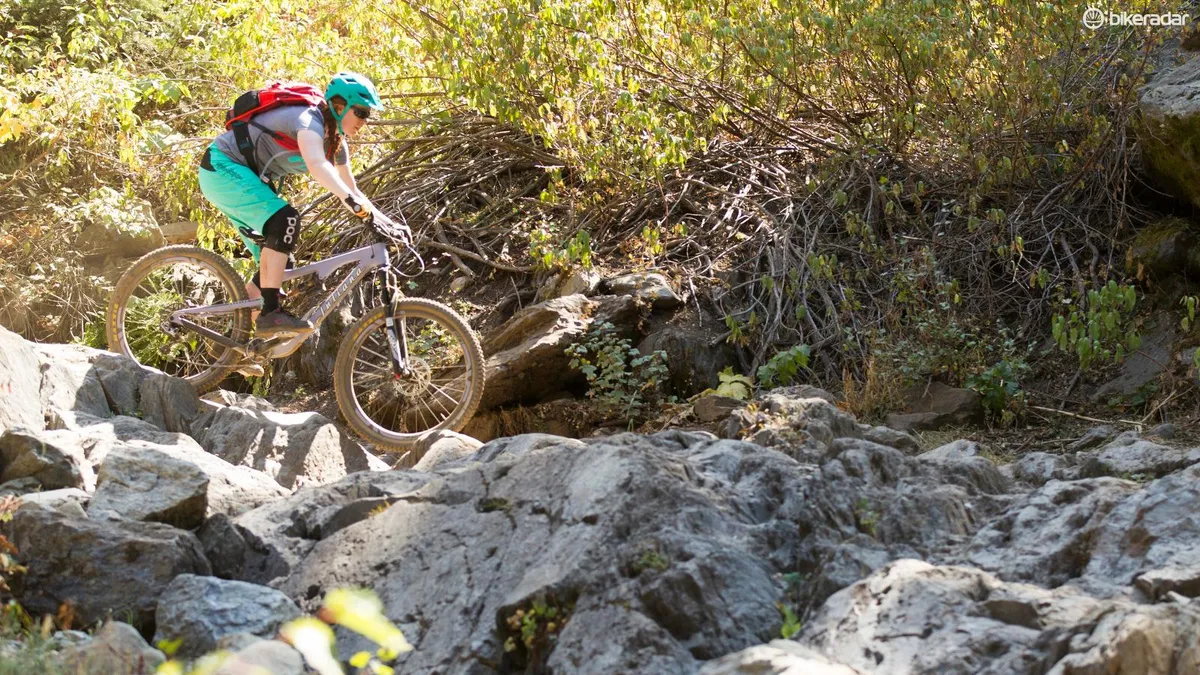
The Strega (Italian for witch) press camp idea, meanwhile, was born from a trip that Anka Martin of the Juliana SRAM Pro Team, global marketing director Will Ockelton and a crew of friends took to Triora in northern Italy.
“After spending a few days there, the whole group decided that we had to bring journalists back to that place. The trails, the witch history, the town… it was all perfect for launching our 170mm travel bike. So that's what we did,” says Zaffke.
“Our press camps are about allowing journalists to ride our bikes as if they were their own," Zaffke continues. "A few days of all-day riding will allow anyone to figure out all the ins and outs of the product. [They are also] about bringing riders together to be a part of what's behind the bike and what's behind the brand: the stories and the people.”
Which to go for
Both the Specialized large-scale approach and the Lauf-style personal approach have their merits, and which route brands take will depend very much on the audience they’re trying to reach. That will also affect who gets invited along.
Aside from the blindingly obvious — road journalists on a road bike launch, mountain bikers on a mountain bike launch — there may be certain publications that a brand feels ‘fits’ it’s product ambitions. They may have a massive audience, or one that isn’t huge but is exactly the market the product is aimed at.
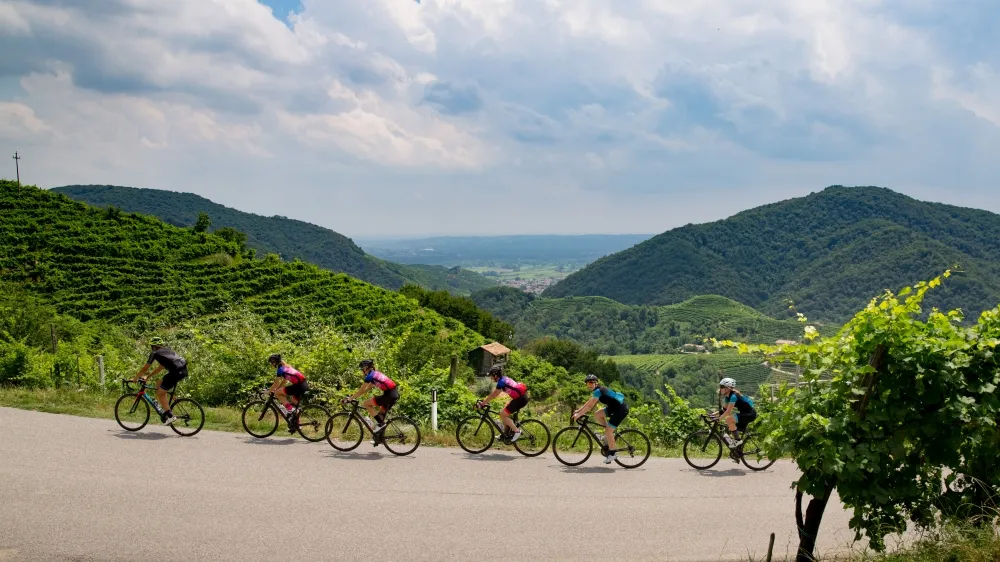
Depressingly and perhaps unsurprisingly, female bike journos are still a rare sight on ‘unisex’ product launches — but this is beginning to change as more women get a foothold in the cycling media world.
Why the exotic locations?
There are a couple of reasons why bikes tend to get their launch runs against stunning backdrops.
First, a location that allows journalists to put the bike through its paces properly will help them get a more accurate idea of how it performs. A 170mm enduro rig will naturally benefit from some big country, while swooping Alpine roads should properly tease out the character of a high-end road bike. (Cynics might add that journos are less likely to focus forensically on any negatives as they ride through some of the world's most beautiful landscapes.)
Second, a good location plus a good photographer will make the product look good — and most brands will lay on a photographer so journalists come away from the camp with quality pictures they can use to go with their articles.
Finally, and hopefully, going for a location with relatively stable and predictable weather is a major factor, though this doesn’t always go to plan!
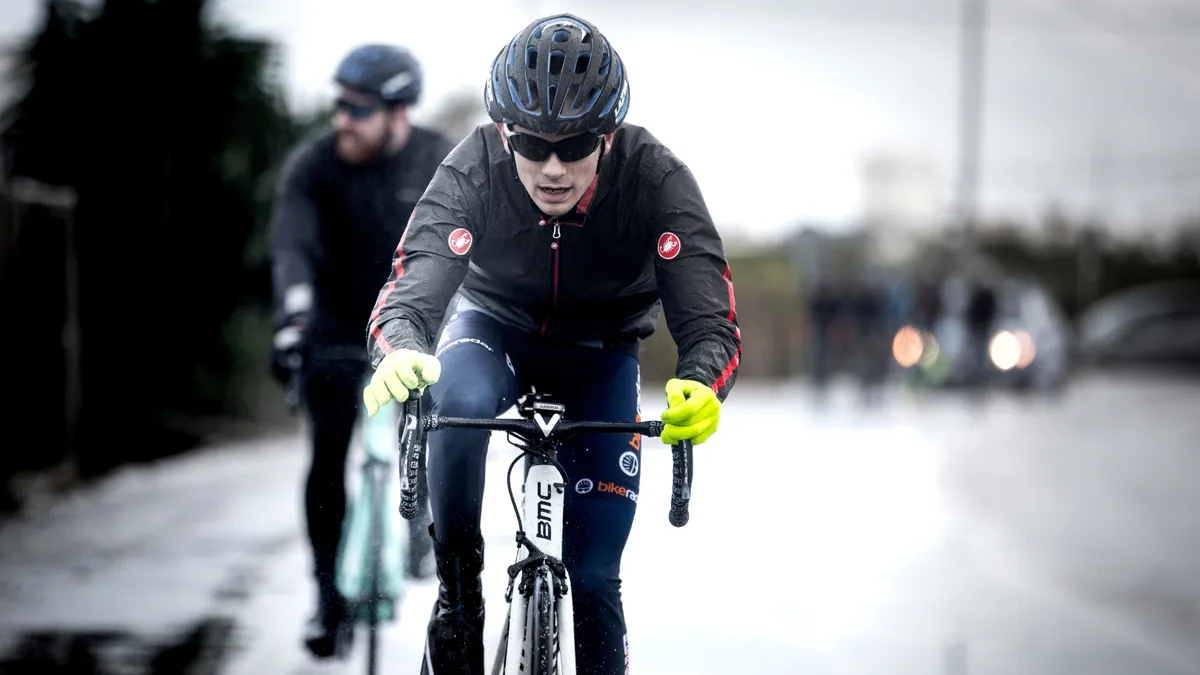
Ultimately though, the brands want people to know about their products, while us journalists want to have all the details necessary to create an honest, fair and accurate picture of them.
What a good launch — large or small — should be all about is getting the right information out to you, the riders.
BikeRadar would like to thank Brittany Ferries, the Commune of Peille, France, and Kieran Page at La Maison des Activities de Pleine Nature de Peille for their help and support during our Headline Bikes test.
